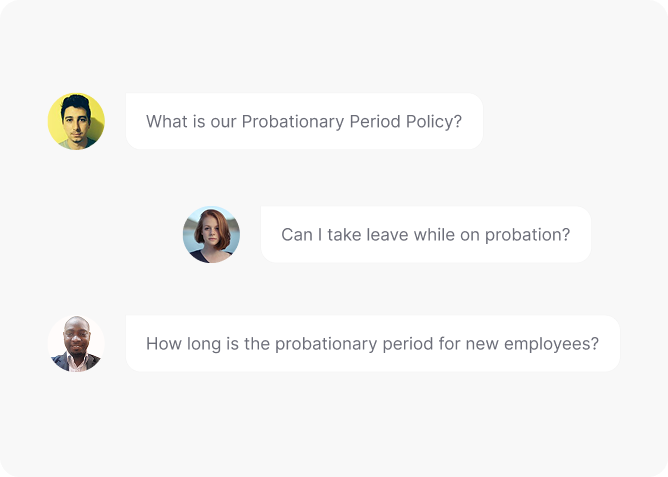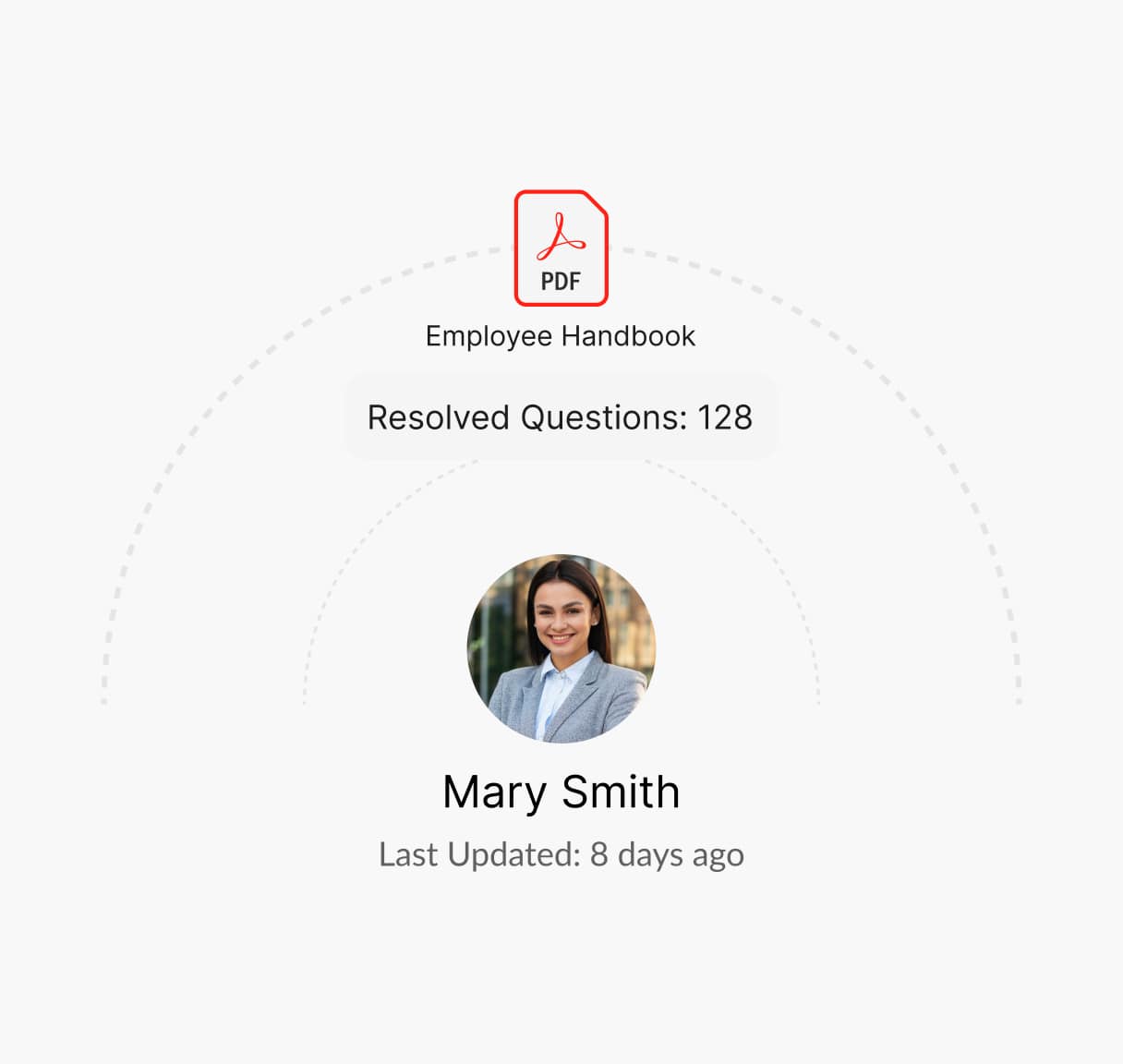Everything You Need to Know About Probationary Period Policy
The probationary period helps evaluate new hires before permanent employment. A Probationary Period Policy outlines expectations, assessment criteria, and potential outcomes, ensuring clarity for both employees and HR teams.

What is a Probationary Period Policy?
A Probationary Period Policy is an HR document that defines the trial period for new employees to assess their suitability for the role. It includes performance expectations, duration, evaluation criteria, and potential outcomes.
A well-structured probationary policy helps ensure the right fit while providing employees with clear performance goals.
Guidelines for Creating a Probationary Period Policy
A well-structured probationary period policy helps set clear expectations for new hires, assess their suitability, and ensure a smooth transition into the organization.
Define Probation Duration Clearly
Specify the length of the probationary period and conditions under which it may be extended or shortened.
Establish Performance Evaluation Criteria
Outline measurable goals, skills, and behavioral expectations that employees must meet during probation.
Provide Structured Feedback and Support
Implement regular check-ins and coaching sessions to guide employees and address challenges early.
Communicate Rights and Benefits
Clearly state what employment rights, benefits, and entitlements (such as leave or insurance) apply during probation.
Outline Possible Outcomes of Probation
Define what happens upon completion—successful confirmation, extension, or termination—with a transparent process.
Ensure Fair and Legal Practices
Align the policy with labor laws to prevent unfair dismissals and maintain legal compliance in employment decisions.
What is Covered in a Probationary Period Policy?
An effective Probationary Period Policy should include the following:
Probation Period Duration
Define the standard length of probation and conditions for extension or early confirmation.
Performance Metrics and Evaluation
Set measurable performance benchmarks, including job responsibilities, skill development, and behavior.
Review and Feedback Process
Establish regular review meetings between employees and managers to track progress and provide guidance.
Compensation and Benefits Entitlement
Clarify salary structure, leave eligibility, and access to company benefits during probation.
Termination or Extension Conditions
Explain scenarios where probation may be extended or an employee may be released if expectations are not met.
Confirmation Process
Detail the steps taken to transition an employee from probation to permanent status, including documentation and approvals.
Legal Compliance Considerations
Ensure alignment with employment laws, including termination notice requirements and non-discriminatory policies.
Need help creating a Probationary Period Policy?
How Winslow helps HR pros save time on responding to probationary period policy questions
Managing probation period inquiries can be time-consuming, but Winslow, your AI-powered HR assistant, simplifies the process:

Instant answers anytime
Winslow ensures your Probationary Period Policy is always available on Slack, Teams, or email. Employees can instantly check evaluation criteria, performance expectations, and transition procedures—ensuring transparency from day one.
Personalized Support
Winslow instantly answers employee questions, including those about your Probationary Period Policy, ensuring clarity on evaluation criteria, duration, and transition procedures.


Analytics and Insights
Winslow tracks policy-related queries, helping HR teams identify trends and common concerns. This data enables organizations to refine their policy, improve reporting channels, and address recurring issues proactively.
Save Time Communicating Probationary Period Policies with Winslow
New hires often have questions about performance expectations, evaluations, and probation extensions. Winslow provides instant answers, reducing back-and-forth emails and ensuring employees stay informed throughout their probationary period.
Frequently asked questions
Have further questions about Winslow, contact us at sales@usewinslow.com
How should HR teams define success criteria for employees in a probationary period?
HR should create clear performance benchmarks, including KPIs (Key Performance Indicators), expected skills mastery, and behavioral expectations. Managers should provide weekly feedback and conduct a structured mid-probation evaluation to track progress.
What flexibility should HR allow in extending or shortening probationary periods?
HR should define objective extension criteria, such as partial performance fulfillment with potential for improvement, rather than using arbitrary extensions. Shortening probation should be tied to exceptional performance evaluations and predefined guidelines.
How can HR support employees to succeed rather than just evaluate their performance?
HR should assign onboarding mentors, offer structured training plans, and schedule biweekly check-ins with managers. An accessible resource library on company policies and best practices also helps new hires integrate faster.
What approach should HR take if an employee underperforms during probation?
HR should initiate a Performance Improvement Plan (PIP) with clear targets, additional coaching, and weekly review meetings to track progress. If improvement is minimal, HR should document efforts made and consider reassignment before termination.
How should HR communicate probation outcomes transparently to employees?
HR should hold a structured feedback meeting where managers provide documented performance data, strengths, and improvement areas. Whether an employee is confirmed, extended, or let go, communication should be clear, professional, and supportive.
Additional resources
Device Usage Policy
Managing employee leave effectively is vital for maintaining workforce productivity and compliance....
Learn moreconfidentiality policy
Protecting sensitive information is crucial. A clear Confidentiality Policy outlines guidelines for...
Learn moreclaim reimbursement
Ensuring fair compensation for expenses is key. A clear Claim Reimbursement Policy...
Learn more




